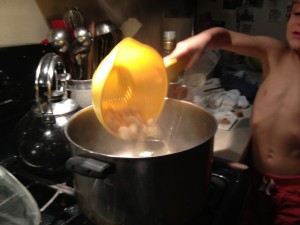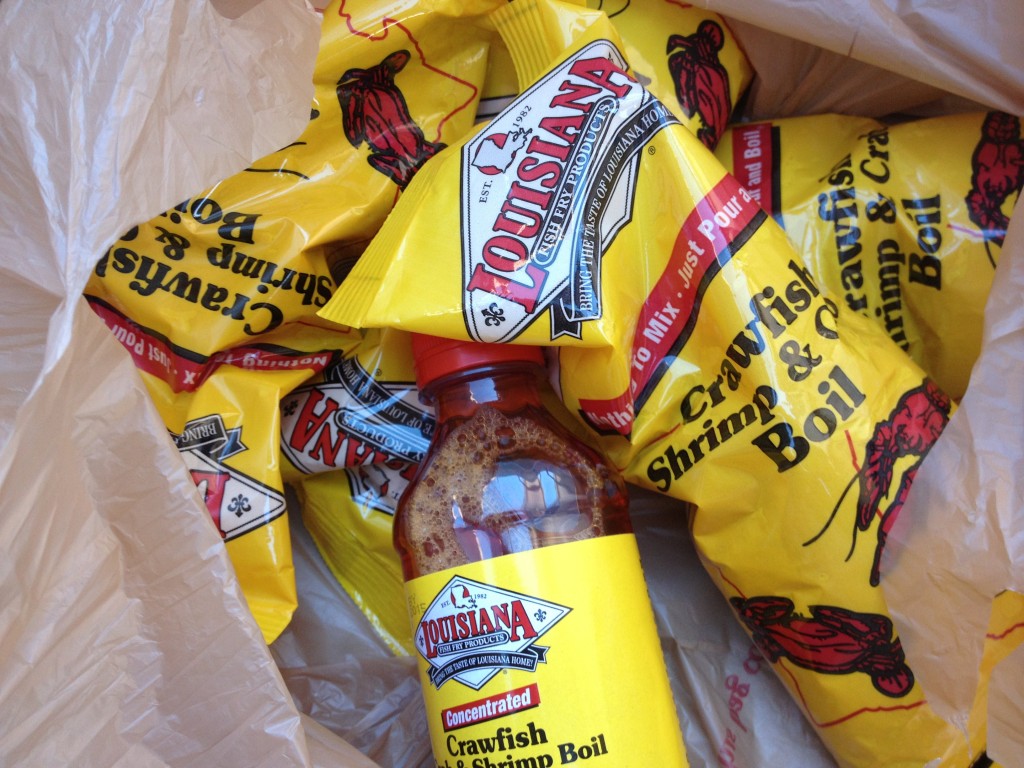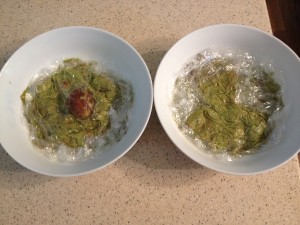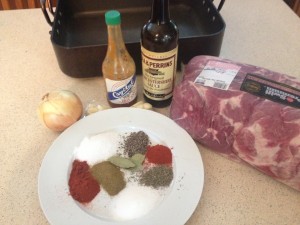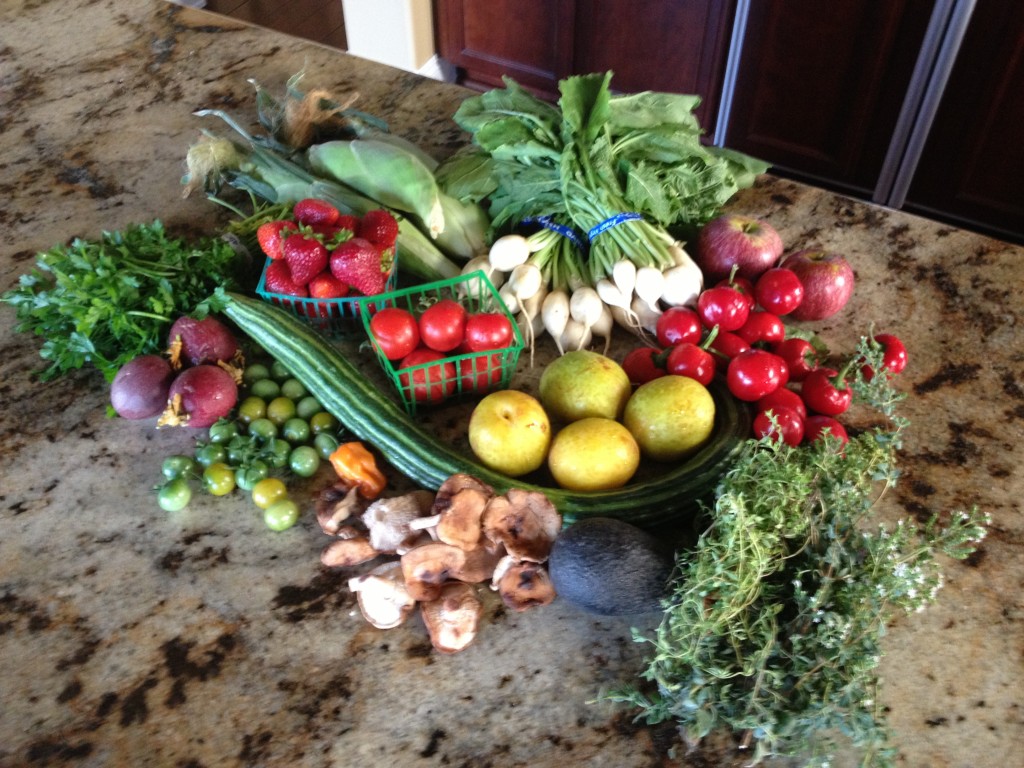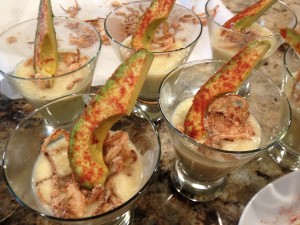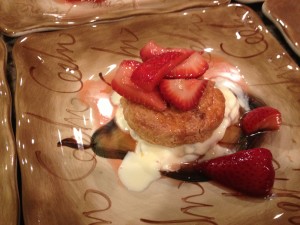What a charming word pumpkin is. It’s the kind of word that feels good to say. Place more emphasis on the second P and you’ll see what I’m getting at. Kinda makes you grin doesn’t it…pump-kin. Or are you more of the punkin’ type?
What’s the deal with pumpkins?
Not my favorite vegetable, but this time of year I still have fun cooking it. It’s grand…even the smaller sugar pumpkins have a dramatic look and notion to them. I only cook fresh pumpkin for fun. Canned pumpkin has a taste that is expected and rich. Plus, it’s a helluva lot easier. I enjoy using it for bisque, bread, pie and as a sugar carrier, but I’ve never found the texture to be ideal. As a raw product, it can be a little cumbersome to break down and it’s quite watery; veering toward stringy instead of dense. I realized about 7 years ago, that if I’m going to cook with pumpkin, it’ll come from a can…a Libby’s can. I’m not sure exactly what they do to to remove water; meaning roast it then purée, or purée then reduce? But they do a great job of obtaining a dense, rich product. A product none of us will ever achieve or re-create.
A pumpkin of a different color
Libby’s uses a proprietary pumpkin known as a Dickinson pumpkin. Dickinson is old school, like Pilgrims and Indians old school. It has a beige-matte exterior with bright orange, dense, thick flesh and minimal seeds and strings. Really more like a pumpkin shaped butternut rather then a classic ornamental. Speaking of butternut…that’s my go to squash for all things squashy. I enjoy Acorn and a couple others, but butternut is the squash king of texture and sweetness.
Here are a couple recipes to play with. One is a simple cobbler with raw diced pumpkin, and the other is a pie recipe that you’ll not only love, but it’s easy and healthier then the classic. Healthy as in low glycemic, not caloric count.
Pumpkin Pie
1 15oz can pumpkin
2eggs
1c whole milk
½c pure maple syrup
1T flour
1tsp cinnamon
½tsp ground ginger
pinch of salt
Preheat oven to 350°. Whisk Everything together, pour into a prepared crust and bake until just set, about 50 minutes. Let cool and serve with cream.
Pie Crust:
2 ¼c all-purpose flour
8oz salted butter, cold, cut into 1/4″ pieces
1/4-1/3c ice water
In a cold processor bowl, buzz the flour and butter until incorporated but still left with small butter chunks. Remove to a large bowl and drizzle in the water. Stir at first by holding and swirling the bowl to toss in the water. Then, quickly agitate/stir with finger tips to distribute water into the flour then pour the crumbly mess onto a couple pieces of plastic wrap. Wrap into a tight disk or ball and refrigerate for an hour. Remove the plastic wrap and roll out with a rolling pin using more flour to prevent sticking. Roll the finished dough around the rolling pin to easily transfer to the pie plate.
Cobbler
1 sugar pumpkin, cleaned, peeled and diced
2T butter
1tsp pumpkin pie spice, Trader Joe’s is better then Spice Islands
6T butter
½c milk
1c sugar
1c flour
1tsp. baking powder
Preheat oven to 350°. Heat a large oven proof pan over high heat until hot. Add the 2T butter and the pumpkin to cook and brown. Only add enough pumpkin to cover the bottom of the pan, not a pile. Once softened and browned, stir in the spice and the 6T of butter to melt.
Whisk together the sugar, flour and baking powder. Whisk in the milk; and pour the batter into the pan, starting with the edges, then all around. Bake for 45 minutes to an hour. Let cool and garnish with the pumpkin cream
Pumpkin Cream:
1T canned pumpkin
3T Maple syrup or sugar
1c heavy whipping cream
Whip until stiff peaks.




